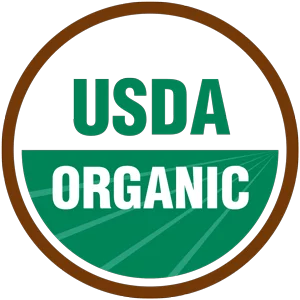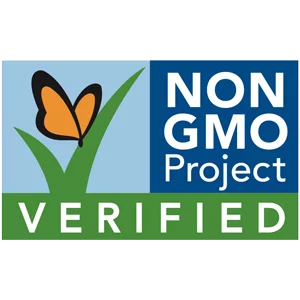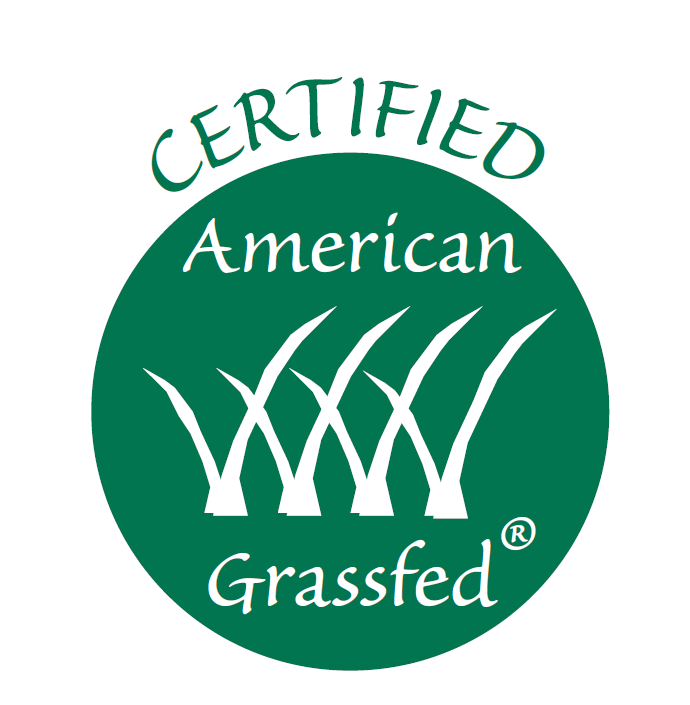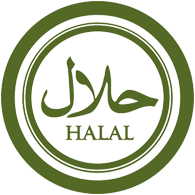Posted by Admin | February 7, 2017
Organic Market Update
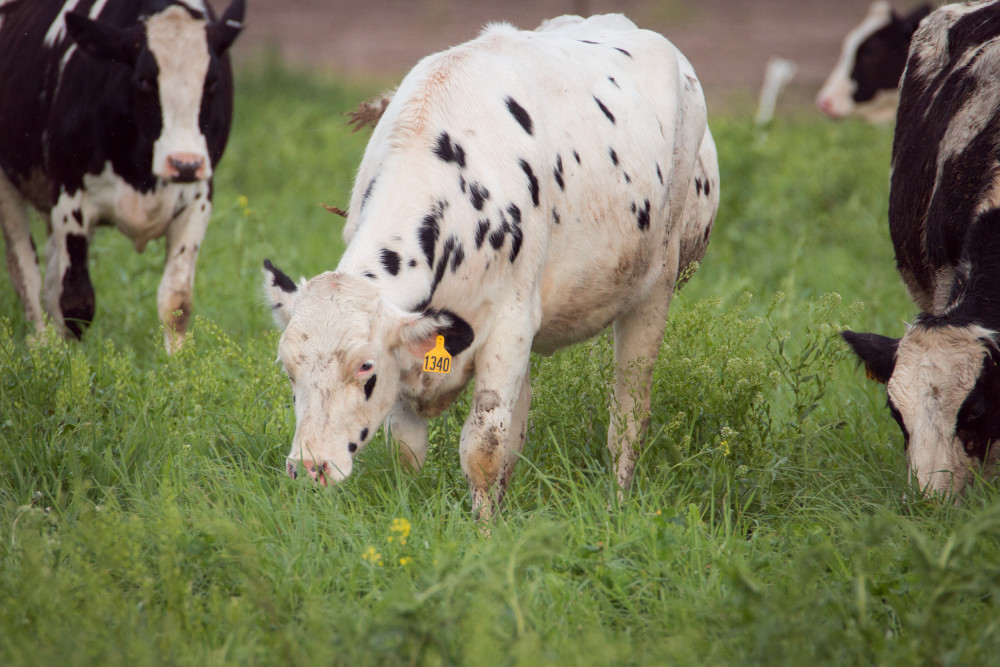
Last year the organic dairy market has been fairly challenging for many reasons. Historically, organic dairy prices at the retail shelf have steadily increased due to the fact that supply had always been outstripped by demand. There just wasn’t enough organic dairy farmers to meet the demand of customers wanting food without harmful chemicals and dubious genetic claims.
Now, things have changed! There is a growing contingent of organic dairy farmers (especially in the Amish/Mennonite communities) nationwide, with more coming. Conventional dairy prices have fallen dramatically, due to many factors that have produced a “perfect storm.” Russia has stopped buying NATO countries dairy products, Europe has eliminated their dairy quotas, New Zealand is importing grain to boost dairy production, and China is bringing on a national dairy program – all leading to a glut of dairy (raw milk) in the United States. When supply exceeds demand, things get very challenging in the dairy industry.
With conventional dairy prices so low and organic dairy prices being so high at the retail shelf, there is a percentage of customers that have switched to conventional dairy products, backing up organic dairy supply throughout the supply chain.
So what does this mean?
Organic farmers are seeing a drop in their price. In some cases, organic dairy farmers are being asked to cut production or even worse, being cut from contracts. It is extremely hard to start up dairy farms, especially organic dairy farms, so farmers being cut is the option of last resort.
At the retail shelf, large organic dairy brands are promoting heavily to drive down the price and entice organic shoppers. This ultimately finds its way to the price paid to farmers. Organic dairy farms have enjoyed a couple of years of record prices, but economic factors are dampening that outlook in the near future.
At the same time, manufacturers and processors are constantly struggling to balance the milk supply. One way to capture milk and store it for a more favorable future is to make organic non-fat dry milk and cheese. Right now, these inventories are at an all-time high. On one hand, it is advantageous to capture milk in these forms during times of low prices. On the other hand, when inventories build money is also tied up, but farmers must be paid. Making powder and cheese can only go on for a certain amount of time.
Our Prediction of the Market Future
It looks like 2017 may be even worse than 2016 in terms of an oversupply of organic milk. There are many movements in the market that will hopefully help the situation, but might not be the best for the farmer. Danone, a large French yogurt maker purchased White Wave Foods in 2016 (White Wave owns the Horizon brand). This will potentially shake up supply agreements, especially in the Northeast at some point. Organic Valley has agreed to strategic joint ventures with Dean Foods and General Mills (to mention a few), all with the intent of supplying more organic milk in various venues.
For the small organic processors, too much milk is potentially a catastrophic situation (because milk comes every day and must go somewhere). What is being done by most everyone is new relationships are being cultivated and new outlets are being developed for milk in ways that have never been considered before. More than likely the most innovative and flexible organizations will be the ones that survive.

